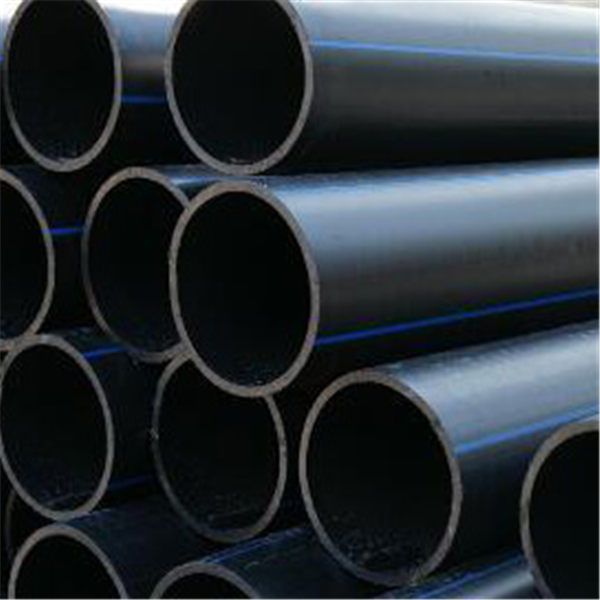Oct . 15, 2024 19:21 Back to list
Water Pipe Accessories and Their Compatibility with Various Systems
The Importance of Water Pipe Fittings in Modern Plumbing Systems
Water pipe fittings play a crucial role in modern plumbing systems, serving as essential components that connect various sections of piping and control the flow of water. These fittings are not merely accessories; they form the backbone of efficient and safe plumbing infrastructures in residential, commercial, and industrial settings. Understanding their significance, types, and proper installation can greatly enhance the longevity and functionality of water systems.
Types of Water Pipe Fittings
Water pipe fittings come in a wide variety of shapes, sizes, and materials, each designed for specific applications. Common types include elbows, tees, couplings, and caps.
1. Elbows These fittings are used to change the direction of the pipe, usually at a 90-degree or 45-degree angle. This flexibility allows for creative plumbing designs in complex installations, reducing the need for extensive straight piping.
2. Tees As the name suggests, tee fittings create branching points in the pipe system. A tee connects three pipe sections, allowing water to flow in multiple directions, which is vital for distributing water throughout a building.
3. Couplings Used to connect two lengths of pipe, couplings can be either standard or special types such as slip, threaded, or compression couplings. They ensure a secure and leak-proof connection, which is essential for maintaining water pressure and preventing wastage.
4. Caps Caps are utilized to close the end of a pipe. They are especially useful in systems where future expansion may be considered, allowing for a sealed and unobstructed water flow until needed.
Materials Used in Water Pipe Fittings
The choice of material for water pipe fittings is critical, as it affects durability, corrosion resistance, and overall performance
. Common materials include- PVC (Polyvinyl Chloride) Lightweight and resistant to corrosion, PVC fittings are ideal for cold water systems and are often used in residential applications.
water pipe fittings

- CPVC (Chlorinated Polyvinyl Chloride) Similar to PVC but can withstand higher temperatures, CPVC is suitable for hot water systems.
- Copper Known for its durability and ability to resist bacteria, copper fittings are commonly used in both hot and cold water systems. They are, however, more expensive than plastic options.
- Brass Brass fittings are sturdy and suitable for both residential and commercial applications. They resist corrosion and offer excellent longevity.
Installation Considerations
Proper installation of water pipe fittings is crucial for ensuring a leak-free and efficient plumbing system. Here are some tips to consider
- Sealing Use appropriate sealants or adhesives when required. This prevents leaks that could lead to water damage and costly repairs.
- Size and Compatibility Ensure that fittings are compatible with the pipe sizes and materials being used. Mismatched fittings can lead to weak connections and potential failures.
- Regular Maintenance Periodic inspection of fittings for signs of wear or corrosion can help identify potential issues before they become significant problems.
Conclusion
In conclusion, water pipe fittings are an indispensable part of efficient plumbing systems. Their various types offer flexibility in design and function, while the right materials ensure durability and reliability. Understanding their roles, types, and installation methods can empower homeowners, builders, and plumbers alike to create effective and lasting plumbing solutions. As technology and materials continue to advance, the future of water pipe fittings looks promising, further enhancing the quality of our water infrastructure. Whether it's for a simple kitchen renovation or a large-scale commercial project, investing in high-quality water pipe fittings is essential for optimal performance.
-
High-Quality PPR Pipes and Fittings Durable ERA PPR & PVC PPR Solutions
NewsJul.08,2025
-
Black HDPE Cutting Board - Durable, Non-Porous & Food Safe HDPE Plastic Cutting Board
NewsJul.08,2025
-
High-Quality CPVC Panel Durable HDPE & PVC Panels Supplier
NewsJul.08,2025
-
Double PE Welding Rod Supplier - High Strength, Durable & Versatile Welding Solutions
NewsJul.07,2025
-
High-Quality PVC-O Pipe Supplier Durable 75mm PVC Pipe & Connections Leading PVC Pipe Company
NewsJul.07,2025
-
HDPE Drainage Pipe Supplier – Durable & Corrosion-Resistant Solutions
NewsJul.06,2025

